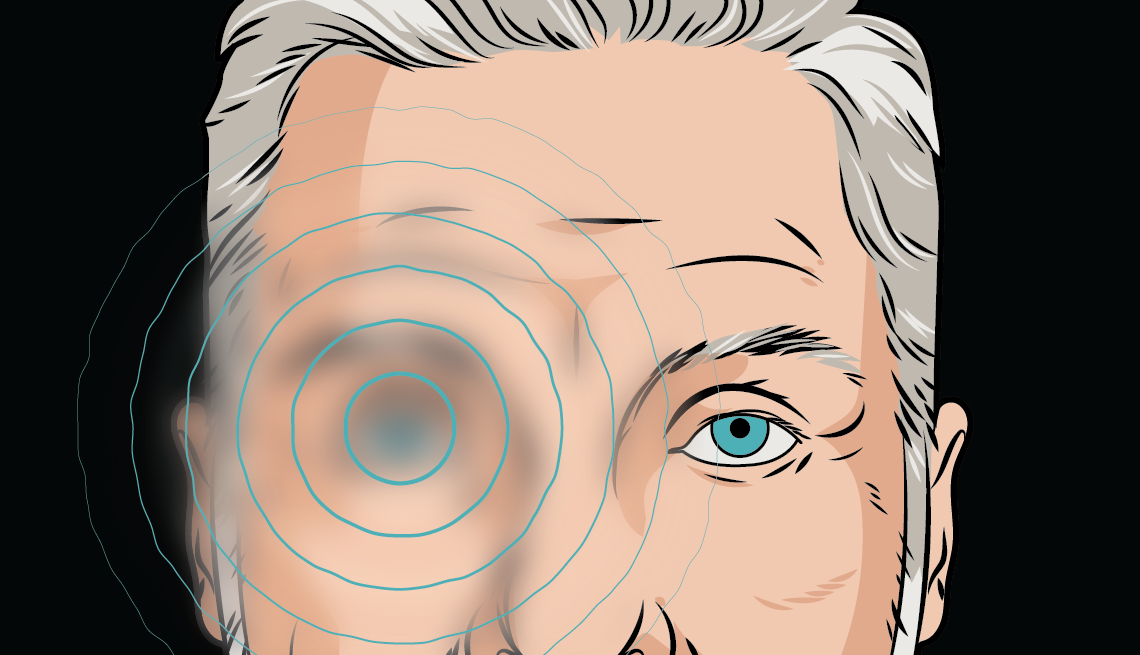
What causes blurry vision in one eye?
- Select a language for the TTS:
- UK English Female
- UK English Male
- US English Female
- US English Male
- Australian Female
- Australian Male
- Language selected: (auto detect) - EN
Play all audios:

AGE-RELATED MACULAR DEGENERATION (AMD) Blurriness, wavy or crooked lines or even blank spots in your central vision can be a sign of AMD, a progressive eye disease that damages the macula,
the part of the eye that controls straight-ahead vision. It can affect one or both eyes. And while dry AMD, the far more common form of the disease, comes on gradually, that’s not so with
wet AMD. Blurry or distorted vision that comes on quickly is a classic sign of wet AMD. Video: Signs of Macular Degeneration CAN DEHYDRATION CAUSE BLURRY VISION? Yes, indirectly.
Dehydration, which is common among older people, can lead to renal, cognitive and metabolic problems. It can also lead to a common eye condition called dry eye syndrome, “one of the most
common causes of blurry vision,” says Andreoli. Making matters worse, “significant dehydration can lead to decreases in blood pressure, which can also be associated with some of the more
rapid vision changes.” WHEN SHOULD I GO TO THE DOCTOR FOR BLURRY VISION IN ONE EYE? Blurry vision in one eye can be a symptom of conditions ranging from the serious to the not so serious —
and a few in between — making it hard to know when to seek medical care. The best clue you should call your eye doctor immediately is the most obvious one: The blurred vision came on
suddenly. “Anytime a patient is aware of an abrupt vision change — pain in the eye, redness, new flashing lights or new floaters — [they] should immediately seek care from their
ophthalmologist, as these can be indications of conditions that may be permanently vision threatening,” says Andreoli. HOW TO FIX ONE BLURRY EYE? Treatment depends on the cause.
“Sudden-onset eye emergencies from a known cause are treated more urgently,” says Usiwoma Abugo, M.D., spokesperson for the American Academy of Ophthalmology and an ophthalmologist at Katzen
Eye Group in Lutherville, Maryland. “For example, if it’s caused by severe high blood pressure, interventions will be taken to rapidly restore eye health and overall health by reducing
blood pressure. The same will be done for abnormal blood sugars or abnormally high cholesterol.” If, on the other hand, the blurriness in one eye came on gradually, the treatment will be
addressed by your ophthalmologist over a series of visits. Take, for instance, “the gradual onset of blurred vision from a cataract, something that is commonly related to normal aging,” says
Abugo. “A cataract, which is a clouding of the lens of the eye, needs to be assessed by an eye surgeon or ophthalmologist, but it’s not frequently related to a life-threatening systemic
condition.”
